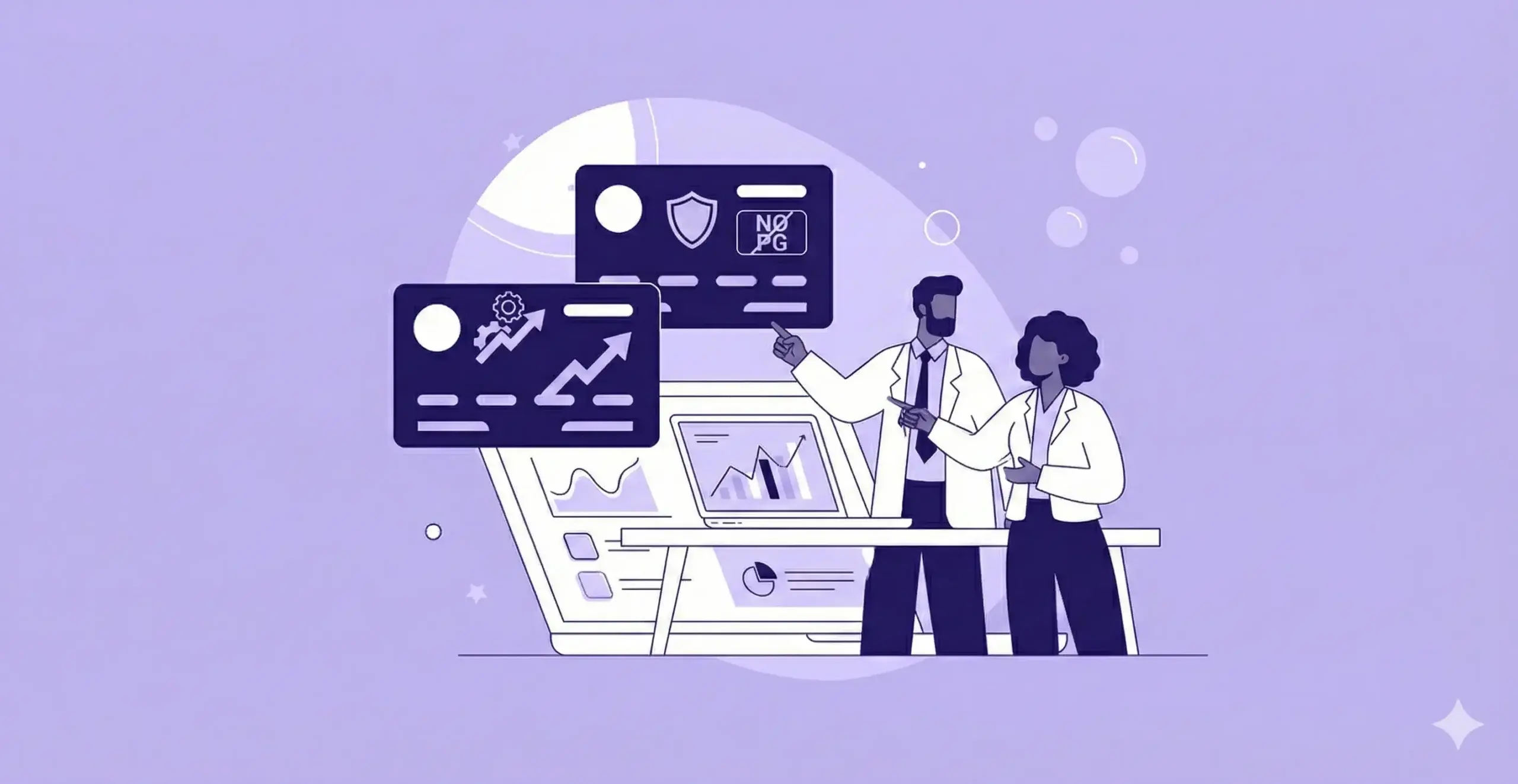November 17, 2022
Understanding Assets and Liabilities

Sign up for our newsletter
Stay informed with the latest trends and best practices in finance and procurement.

Most of us in the business world probably think they know what assets and liabilities are. What could be simpler, right? An asset is something of value you have, while a liability is a debt or obligation you owe. And if you’ve taken even an elementary course in accounting, you know that the first lesson is “assets equals liabilities plus owners’ equity.”
But like many things, these straightforward definitions and understandings can be a little more nuanced than they appear.
This article will cover the following topics:
- What are assets?
- What is liquidity, and why is it important?
- What are liabilities, and why are they important?
- What’s the difference between assets and liabilities?
- Assets, Liabilities, and Equity
- Optimizing assets and liabilities with fintech
- How PayEm Helps Companies Control Their Assets
What are assets?
Assets are items of economic value that can be owned or controlled and that, in a business, can be used to generate economic benefits. Assets include cash, investments, real estate, fixtures and equipment, and inventory. Less obviously, assets also include accounts receivable, patents, trademarks, and less-tangible things of value such as a brand name or customer goodwill.
Assets can be categorized in terms of their liquidity, tangibility, and purpose.
What is liquidity, and why is it important?
Assets can be categorized in terms of their liquidity (also known as convertibility). This refers to how easy it is to turn an asset into cash. Deposit accounts and securities such as stocks and bonds are said to have high liquidity; they can be converted into cash almost immediately. But real estate, for example, has low liquidity; turning a piece of property into cash can take months or longer.
As almost any businessperson will tell you, liquid assets are essential to the smooth operation of a business. Having cash or something that can easily be converted to cash allows companies the flexibility to take advantage of opportunities as they arise, the durability to withstand economic downturns, and the stability needed to make payroll, pay rent, and meet other recurring financial obligations.
What are liabilities?
Liabilities are debts and obligations that a business owes. Businesses frequently take out loans or lines of credit to get off the ground, grow, and continue operating when business is slow. They also have to make recurring payments to their employees, landlords, insurers, suppliers, vendors – and, of course, to the tax man.
What’s the difference between assets and liabilities?
Both assets and liabilities are future-focused. An asset provides an economic benefit that can provide a future benefit, while a liability is an obligation that must be paid in the future. And this is where liquidity becomes essential. A company that’s rich in illiquid assets such as real estate but poor in liquid assets such as a substantial bank balance will have trouble meeting its financial obligations and coping with fluctuations in revenue.
Assets, Liabilities, and Equity
As we noted above, the very basis of double-entry bookkeeping is the idea that assets equal liabilities plus owners’ equity. Or, to put that equation another way, subtracting a company’s liabilities from its assets shows how much the company’s owners’ investment in the company is worth. From a business owner’s perspective, then, maximizing assets while minimizing liabilities is crucial. And maintaining liquidity is vital to making that happen.
Optimizing Assets and Liabilities with Fintech
Managing assets and liabilities are vital to almost any company, from a one-man hot dog stand to a 2,000-employee enterprise. Pay your vendors too quickly and run up expenses too rapidly, and you may not be left with sufficient liquidity to meet regular obligations. Pay your vendors too slowly and prevent your employees from spending what’s necessary to get the job done, and you may wind up with infuriated vendors and ineffective, dissatisfied employees.
The problem is that even though managing payments is essential to maintaining liquidity, payment management is expensive in and of itself. In some companies, it can consume over 20% of the firm’s operating budget.
This is where financial technology provides significant assistance. By analyzing accounts payable, automating the approval process, simplifying accounting, streamlining payments, and connecting all these processes, technology can turn an expensive, disconnected process into an efficient, money-saving system.
How PayEm Helps Companies Control Their Assets
While other companies sell accounts payable applications that can introduce more efficiency into the process of paying vendors and funding expense accounts, PayEm stands out by offering more holistic request-to reconciliation automation. By reconceiving its mission as more than just paying bills, PayEm provides greater control over managing assets and liabilities and can wring greater efficiencies out of that process.
Here’s an example: Traditional accounts payable applications manage requisitions and approvals and generate purchase orders. These are essential functions, but they’re not the whole story. PayEm begins with the request for funds and then moves through requisitions, approvals, and POs. But after that stage, PayEm processes the resulting invoices. It allows users to select payment options from a menu, including ACH, credit card, check, domestic, or international wire. And after payment is completed, it reconciles the transaction and syncs it with the company’s ERP.
The net result is more cost-effective control of assets and liabilities – and a healthier balance sheet. PayEm integrates with Netsuite and other ERPs. It provides comprehensive end-to-end spend management and full AP automation. For more information, click here to schedule a fee-free, no-commitment demo.

